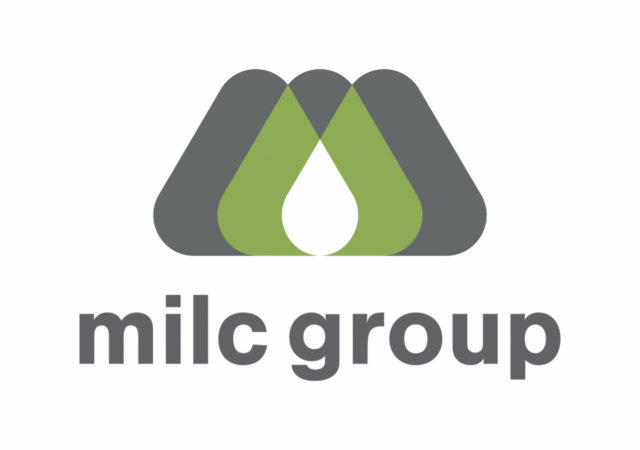About two years ago, right before the leaves turned, I jumped on a bus for three days with 200 dairy farmers from around the world as part of the ABS Global Experience.
We visited farms throughout Minnesota and Wisconsin, viewing milking daughters from some of the company’s young genomic bulls, several of which now appear on the current top 100 TPI list. Our travels were filled with cows and conversations in between stops. Somewhere along the winding bluff roads that run the eastern side of the Mississippi River, our discussion landed on growing cannabis as an agricultural crop.
My skeptical, risk-averse nature could not get my head around the subject. It seemed like a far-off idea to me from my quaint little corner of the Midwest. I was sitting next to a father and daughter from Maine, Brian and Caleigh Wright, and I remember voicing my opinion that growing a crop like cannabis – regardless of the purpose – was a terrible idea and not something you’d ever see in Progressive Dairy magazine.
But you should never say “never.” This issue includes a special section of articles, all on the topic of industrial hemp as an agricultural product.
Since that day two years ago, many things have changed. Industrial hemp, a specific variety of the cannabis plant, was removed from the list of federally controlled substances in December 2018. This opened the doors for state-level pilot programs to grow the plant for purposes such as cannabidiol (CBD), fiber and hemp seed oil. Farmers and non-farmers alike were intrigued by the possibility of a new crop that could diversify their income.
In fact, the hype for hemp began to percolate right in my own backyard. When my husband, Kevin, heard about the projected profit from growing this crop, his banker’s brain went into overdrive. The numbers looked promising to cash crop a small acreage. Meanwhile, I crossed my arms and said, “Not in my backyard.”
I thought marijuana and hemp were the same thing. I thought hemp was a narcotic. And I surely thought CBD had to be about as good as snake oil. My standoff to the idea ended like most arguments with my husband. Our industrial hemp growers license showed up in the mail shortly after.
Before I knew it, our hay field was ripped up, and we were transplanting 900 hemp plants into our backyard. Somewhere along the way, I got curious. Could these plants really help people ease stress and anxiety, sleep better and take away aches and pains? It sounded too good to be true. But when I decided to actually try some CBD oil, everything changed. I started to see our crop as a source to help people live better and feel better.
You may be reading this and thinking the subject of growing cannabis is not a typical one for our magazine. Our publication touts a reputation for being wholesome and conservative. And while I fully anticipate a few emails shaming this coverage, my hope is that before readers hit send, they take the approach I finally did – they uncross their arms and open their minds to the idea that, for some, growing industrial hemp is not all that different from growing any other agricultural crop.
After all, isn’t that what farmers do? We take calculated risks and make investments, with the ultimate goal to improve quality of life for ourselves and our families. Anna Hinchley-Skadahl, the young dairy farmer on the cover of this issue (Hinchley-Skadahl heads home to begin dairy farming career), desired a better quality of life for herself and future family. Her parents valued that, too. This led them to invest in robotic technology to sustain another generation. In this article 17-year-old dairy farmer makes waves in her community, 17-year-old Kylie Konyn foresees a small-scale creamery in the future for her family’s dairy, which is within the city limits of San Diego, California. Hemp growing is really no different. Dairy farmers Dan Wiese from Wisconsin and Cliff Pirtle from New Mexico share, in the article Not every heifer is guaranteed an interview, how and why they grow industrial hemp as a way to diversity their farming operations.
Perhaps my friends the Wrights will read this article and flash back to our bus trip a couple of years back – and have a little chuckle as the editor who once said hemp would never be in this magazine now grows it in her own backyard.










